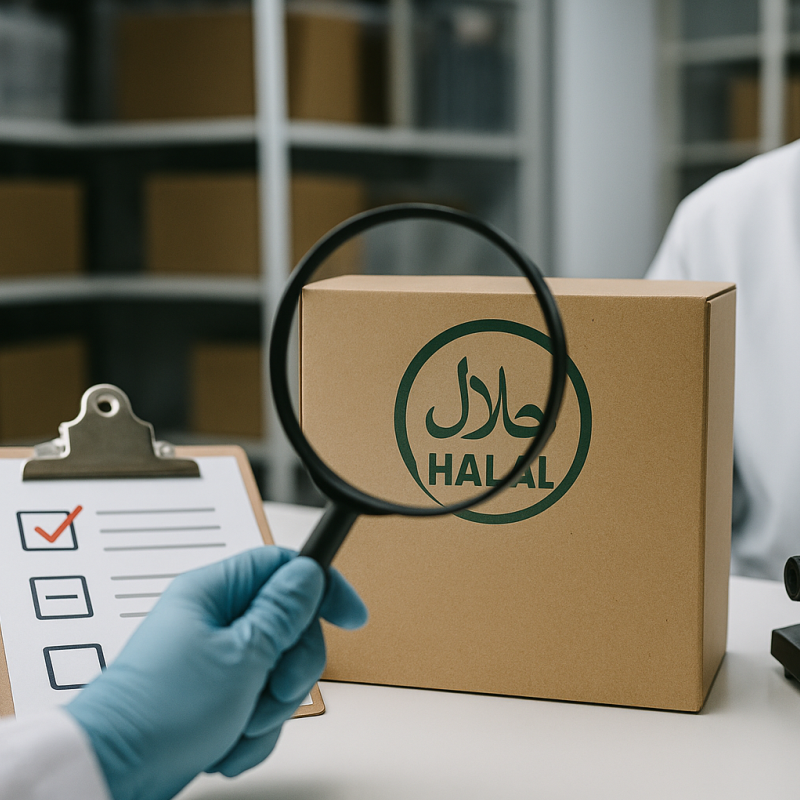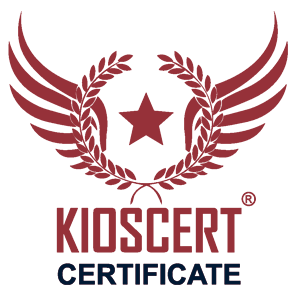
Halal FAQ (Advanced): Misconceptions and Technical Details
In Halal certification processes, there are many common misconceptions among consumers, producers, and auditors. This advanced FAQ guide clarifies issues such as alcohol carriers in flavors, gelatin/enzyme sources, vegan and halal co-labeling, GMP/ISO 22716 relations, cleaning-validation thresholds, imported raw material criteria, scope management for multi-site operations, suspension/withdrawal procedures, logo misuse, and common documentation errors.
The goal is to provide reference information that helps businesses make the right decisions in borderline cases and eliminate misunderstandings that frequently occur.
Alcohol Carriers in Flavors and Borderline Cases
Many flavors used in the food and cosmetic industries include ethanol or other alcohol derivatives as carriers to improve solubility. The critical point is the amount of alcohol used, its volatility, and whether it remains in the final product.
In Halal certification, non-intoxicating, fully evaporated during processing, and undetectable in consumption alcohol carriers are generally accepted. However, specific threshold values may vary depending on national regulations and certification body criteria.
Important Note
For example, in Europe ethanol residues below 0.1% may be acceptable, while GCC countries often apply stricter standards. Companies must always confirm the current rules in each export market.
Evaluation Based on Gelatin and Enzyme Source
Gelatin and enzymes are among the most debated raw materials in Halal compliance because their origin directly determines their status. Gelatin from pigs is strictly forbidden, while bovine gelatin must come from animals slaughtered according to Halal requirements.
Similarly, rennet (coagulating enzyme) used in cheese production must originate from Halal-slaughtered animals if animal-derived. Microbial or plant-based enzymes are generally considered Halal.
Common Misconception
“All gelatin is non-Halal” is incorrect. The truth is: gelatin must be evaluated based on its source.
Vegan and Halal Co-Labeling
Recently, some products carry both “Vegan + Halal” labels, which can cause confusion. Vegan labeling guarantees no animal-derived ingredients are used, while Halal ensures that any animal-based ingredients comply with Halal slaughter and processing requirements.
If a product is completely plant-based and contains no animal inputs, it can receive both vegan and Halal certification. The critical factor is ensuring Halal compliance in the cleaning and validation of the production line.
Practical Example
A dietary supplement using a plant-based capsule qualifies as vegan. If Halal contamination risks are addressed with proper validation, it can also be Halal certified.
GMP/ISO 22716 in Cosmetics
In the cosmetics sector, GMP (Good Manufacturing Practices) and ISO 22716 standards form the basis of hygiene and quality assurance systems. From a Halal perspective, applying these standards is critical for product safety and traceability.
Halal audits particularly assess cleaning protocols, prevention of cross-contamination, and raw material verification processes within the framework of GMP and ISO 22716.
Technical Detail
Cleaning validation procedures defined in ISO 22716 can be directly accepted during Halal audits and serve as compliance evidence.
Cleaning/Validation Thresholds and Example Metrics
Halal certification considers not only the compliance of raw materials but also the cleaning and validation of production lines. This is especially critical when switching from processing animal-based or alcohol-based ingredients to Halal-compliant production.
Typical metrics include residue testing on surfaces, ATP bioluminescence measurements, and microbiological analysis. These provide quantitative proof of cleaning effectiveness.
Implementation Note
For example, if pig-derived gelatin was processed on a line before producing Halal capsules, validation must confirm residues are at non-detectable levels before restarting production.
Acceptance Criteria for Imported Raw Materials
In global supply chains, most raw materials are sourced internationally. In Halal certification, imported materials are subject to specific criteria regarding certificate validity and traceability.
Markets such as GCC, Malaysia, and Indonesia only accept certificates issued by accredited bodies. In addition, the authenticity and validity of certificates must be verified at the time of importation.
Important Note
A common nonconformity in audits is expired Halal certificates provided by suppliers. Businesses must ensure certificate verification for each imported batch.
Scope Management in Multi-Site Businesses
Does the Halal certificate cover only one production site, or does it apply to all branches of a business? This is often misunderstood in certification processes.
As a rule, each production facility must be separately audited and certified. Even with centralized management, production lines at different locations require separate scope documentation.
Common Misconception
“Once the main factory has a Halal certificate, all branches automatically become Halal” is incorrect. Each site must be defined in the scope and audited individually.
Suspension/Withdrawal Cases
A Halal certificate can be suspended or revoked if nonconformities are found. In such cases, the certified company may be required to issue public notices and withdraw affected products from the market.
Frequent reasons include mislabeling, use of non-Halal ingredients, or failures in cleaning validation.
Critical Point
Continuing product sales during suspension can lead to severe penalties and significantly damage brand reputation.
Consequences of Logo Misuse
The Halal certification logo may only be used on valid and in-scope products. Using the logo on uncertified products or after certificate expiration leads to serious consequences.
Such violations can result in legal fines, certificate cancellation, and even blacklisting in international markets.
Warning
In logo misuse cases, not only manufacturers but also distributors and retailers can be held liable.
Common Documentation Errors (Examples)
During certification processes, businesses often make documentation mistakes that delay audits and increase costs.
- Missing signatures: Lack of signatures or stamps on management declarations.
- Date inconsistencies: Different dates on certificates and analysis reports.
- Invalid attachments: Submission of irrelevant or outdated certificates.
- Translation errors: Misinterpretations in documents prepared in multiple languages.
- Incomplete records: Missing batch numbers and supplier information for raw materials.
Result
These errors are recorded as nonconformities during audits and delay the certification process.
